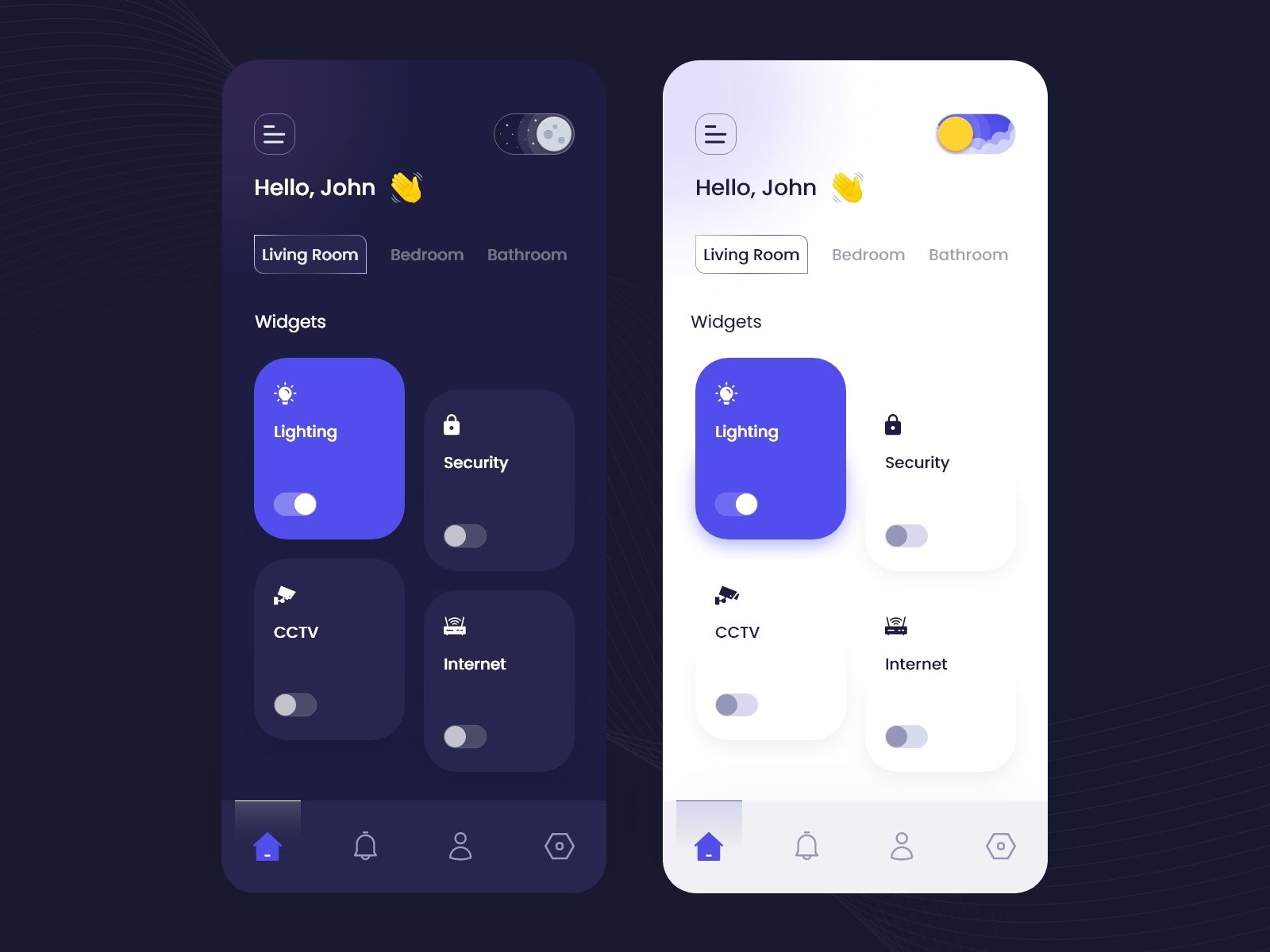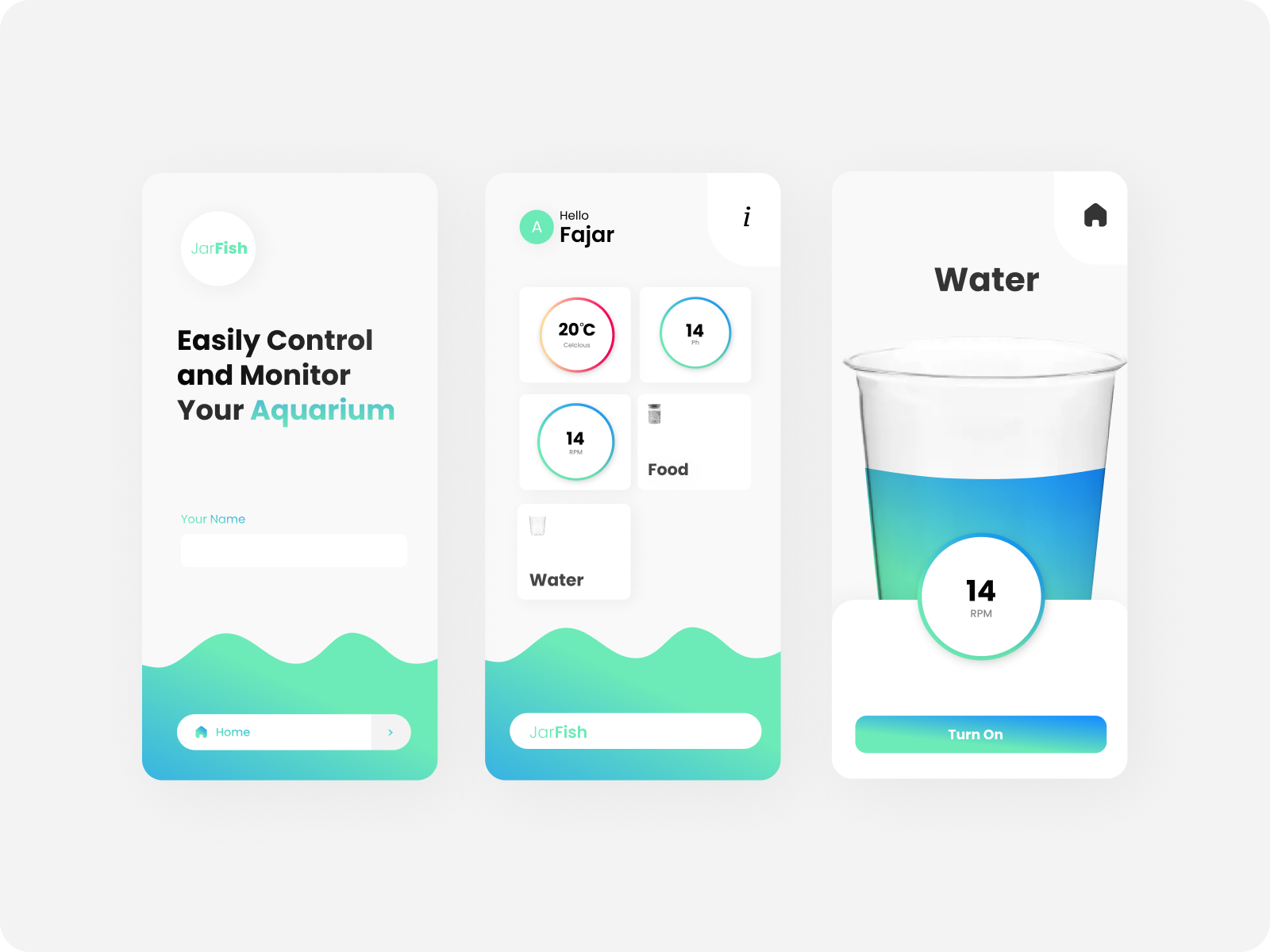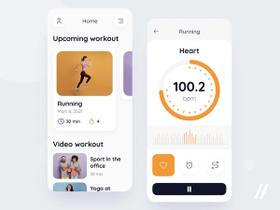We live in a world where you can open or close a door lock with your phone or even provide temporary access to guests. In a world where you can schedule the activation of lighting in your home or even track the shelf life of items in the refrigerator. But have you ever wondered why and how it all works?
In this article, we will discuss what IoT prototyping is and why it is necessary, as well as introduce you to the best tools for it. Shall we begin?
❓ IoT Prototyping: Meaning
IoT prototyping is a way to visualize the functionality you expect for your product and give an actual instance of how it will perform in the end. It assists in recognizing possible problems and figuring out the necessary conditions for thorough IoT development. These prototyping steps in IoT help streamline the process, from defining project objectives to validating the final product, ensuring a smoother path toward successful IoT innovation.

Prototyping in IoT is a critical step for testing and refining innovative ideas before full product development.
(image by TecOrb Technologies ™)
It is important to understand that a prototype is an experimental form of a product that incorporates sensors into the device, network, cloud, user interface, and enterprise integration. It isn’t a finished product that is ready for the market.
🧑💻 Components of an IoT Prototype
IoT prototyping, often a starting point in IoT development services, marks the initial phase in IoT product development, including projects focusing on IoT for manufacturing industry solutions solutions and EV charging app development.
1. A User Interface. It is the first thing users will see when they interact with your product, whether it's an IoT device or when you develop a mental health app, making it crucial to ensure the design is user-friendly and engaging.
2. A Hardware Device. Through sensors, the hardware gadget expands its reach to engage with its surroundings. In order to make wise judgments, it gathers information from the surroundings. This hardware part usually comes with a wireless communication system as well. However, to maintain seamless operation and security, implementing regular IoT device update is necessary to optimize firmware and enhance device performance.
3. Backend Software. While it functions in the background and is obscured from the user's view, the backend is usually underestimated. But the powerhouse is what gives your design more resilience. It performs a dual function, gathering data and using it to influence choices. It frequently uses the cloud as its operating platform.
📌 To fully leverage backend capabilities, IoT app development plays a vital role in ensuring smooth data processing, real-time monitoring, and secure device management.
4. IoT Connectivity Technologies. This part creates the connection between the backend and the UI and between the hardware and the backend. Traditionally, it is dependent on the internet and often makes use of a REST API, although there are other widely used techniques as well, such as WiFi, Bluetooth, ZigBee, IPv6 mesh, Low Power IoT sensors and Low-Power Wide Area Networks, which are commonly employed in agriculture IoT solutions.

IoT prototyping, often referred to as rapid prototyping, is the process of quickly creating and testing functional models of IoT devices to ensure efficient product development.
(image by Galaxy UX Studio)
💡 Important Things to Take Into Account Before Trying IoT Prototyping for the First Time
- Prototypes Aren't Prepared for Production: IoT prototypes, in contrast to certain other industries, frequently differ significantly from the finished goods in that they have intricate software and diverse hardware. These prototype in IoT devices serve as a testing ground for the development process rather than being prepared for production or immediate market release.
- Custom Electronic Components: Since there may not be many ready-made solutions, developers may need to build each electronic component from the ground up.
- Lengthier Testing Cycles: IoT prototypes can undergo longer and more intricate testing and user feedback cycles, frequently requiring the provision of comprehensive usage instructions and beta versions of real equipment.
- Production Expenses Can Be High: Understanding how much it costs to develop an IoT software is crucial, as it's important to prioritize software development and manage resources well since large-scale hardware production has significant expenses.

Before attempting Internet of Things prototypes, it's crucial to consider factors like scalability, data security, and the long-term impact on your network infrastructure.
(image by Jack R.)
- Software Is Essential: As highlighted in any smart home app development guide, software is essential to the Internet of Things because it powers the system, guarantees a smooth user experience, and improves the usability of the hardware.
- Build to Serve: Put your energy into developing Internet of Things (IoT) products that truly benefit users by getting to know their habits and requirements in order to make technology both required and helpful.
- Test Continually: The purpose of a prototype is to collect user input and iteratively enhance the product rather than to wow people. User feedback is important for improvement.
⚙️ IoT Prototyping Tools
- Arduino, an open-source platform, comprises three main components:
- Microcontroller board: Arduino boards come in various models, including both original and compatible copies that function similarly.
- Libraries: Arduino offers a vast collection of libraries that simplify development, enabling communication with sensors, displays, and more.
- Arduino IDE: The integrated development environment (IDE) is the primary software tool for Arduino development.
Arduino is commonly used for prototyping and occasionally for small-scale production. However, it may not be the go-to choice for mass production.
-
PlatformIO is an alternative to Arduino, also open source. It offers its library set and integrates with other development environments. Many prefer it due to its code suggestions and error-checking features, which surpass those of the Arduino IDE.
-
Raspberry Pi, on the other hand, is a single-board computer capable of running a full Linux OS. It's highly versatile, allowing users to perform various tasks and connect cameras, sensors, and displays. In the IoT space, the Compute Module is often used.
-
ESP8266 and ESP32 are microcontrollers from Espressif Systems, known for their built-in Bluetooth and Wi-Fi capabilities, eliminating the need for separate modules. Both can be used for prototyping, with the ESP32 offering more power and memory at a slightly higher cost.

IoT prototyping tools facilitate the creation of a model that allows developers to test and refine their Internet of Things concepts efficiently.
(image by Fajar Muhamad)
For professional development, many opt for custom-designed printed circuit boards, integrating microcontrollers, sensors, communication modules, LEDs, screens, and power sources. In the industry, Altium Designer is a popular choice for PCB design.
These components offer a range of options, from prototyping to production, catering to different needs and preferences.
👂 Takeaways
IoT prototyping is an important stage in IoT product development. The significance of this prototyping phase cannot be overstated. It allows creators to experiment, test, and refine their ideas, ultimately leading to the development of effective, reliable, and market-ready IoT products.
- One crucial point to remember is that Internet of Things prototypes are not ready-made products for the market.
- The process of IoT prototyping is quite iterative. It requires constant improvement and adjustment since creators can only perfect their ideas, solve technological problems, and maximize the functionality of their Internet of Things devices through several iterations.
- A well-chosen prototyping kit can be the key to transforming your IoT concept into a functional prototype, helping you to validate your ideas and refine your designs effectively.
If you are looking for a hardware mobile app development company for prototyping or improving your IoT prototype, or if you have any questions on this topic, please don't hesitate to get in touch with us. We'll be happy to assist you!


![Stormotion client Alexander Wolff, CPO from [object Object]](/static/a16ba3c9580effc3ab9a68d115eadffe/b0e74/alex.png)





